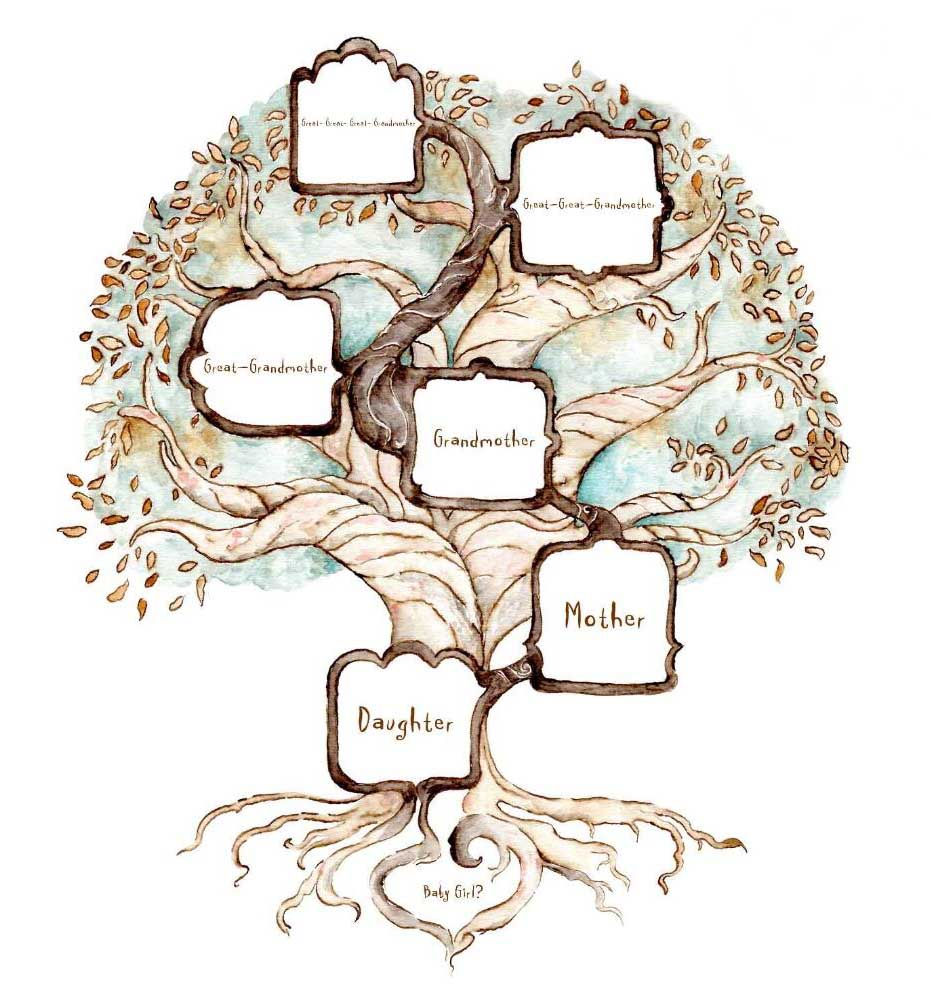The Nibelungenlied from the Abbey Library of St. Gall comes from the library of Aegidius Tschudi
- Patrick

- Nov 6, 2022
- 3 min read

There are three important manuscripts of the Nibelungenlied - one can be found in the Abbey Library of St. Gallen. The other two were found in Hohenems - in 1755 and 1779.
The Nibelungenlied - a medieval bestseller about love, hate, greed, betrayal, murder and revenge - was written around 1200. Its author is unknown, perhaps he was a cleric. The roots of the material are lost in the oral saga tradition of Germany and Scandinavia. Today, the Song of the Nibelungs is part of world literature. The oldest versions, however, have only survived as manuscripts, copies of the lost original, written in Middle High German. In 2009, the Unesco included the three most important ones in the list of "World Document Heritage".
One of these copies - the most original - has been in the St. Gall Abbey Library since 1768, the other two were found in the library of the Counts of Hohenems, in 1755 and 1779. The history of the St. Gall manuscript (today manuscript B) is at least somewhat known: Prince-Abbot Beda Angehrn from St. Gallen bought it from a descendant of Aegidius Tschudi (1505-1572), a famous politician and scholar from Glarus, to whose library it had belonged. In the case of the Hohenems manuscripts, one can only speculate. They probably ended up in the art and literature collection of the Counts of Hohenems in the 15th or 16th century. Later they apparently fell into oblivion. That was hardly a coincidence: the entire Nibelungenlied was forgotten for 250 years.
A doctor as rediscoverer
The rediscovery began in 1755 - in the library of the Counts of Hohenems. Jakob Her-mann Obereit, a wound surgeon in Lindau, was interested in old books and writings. The Zurich scholar Johann Jakob Bodmer gave him the tip to look around in the monasteries, castles and palaces of the Lake Constance region. Through the mediation of the Oberamtmann Franz Joseph von Wocher, a relative in Hohenems, Obereit gained access to the library of the counts in 1755. There he came across one of the two Nibelungen manuscripts (today manuscript C). As early as 1757 Bodmer published a part of manuscript C as a book - but only from chapter 26 onwards. Perhaps because he did not find the first part particularly exciting, while the second part reminded him of Homer's "Iliad", a famous heroic epic from antiquity.
“Das Liet der Nibelungen” (The Song oft he Nibelungen)
In 1779, Bodmer then wanted to publish the entire Nibelungenlied, but again needed manuscript C. He persuaded the above-mentioned Oberamtmann to procure it for him, but then received another manuscript: today's manuscript A. “Ich traf den ganzen beträchtlychen, nun bey nahe vermoderten Büchervorrath in zerschiedenen Haufen auf einander liegend an, und nach langem Durchwühlen glückte es mir endlich, das alte Gedicht: Das Liet der Nibelungen zu finden” [I found the valuable, almost completely mouldering stock of books lying cut up in a heap and after a long rummage I succeeded in finding the Song of the Nibelungen], wrote the chief bailiff in the accompanying letter. Bodmer was thus able to produce a complete copy and left it with Christoph Heinrich Müller, a Berlin grammar school professor, for publication. In 1782, the first complete book edition of the Nibelungen Song was published. Later, the two Hohenems manuscripts experienced several changes of ownership - not uncommon with such manuscripts. In 1810, manuscript A went to the Royal Court Library in Munich, today's Bavarian State Library.
Bought off for ten million euros
Manuscript C was bought from the noble house of Fürstenberg by the Federal Republic of Germany and the Landesbank Baden-Württemberg in 2001 - presumably for around ten million euros. Since then, it has been kept in the Badische Landesbibliothek in Karlsruhe. The Nibelungenlied itself experienced a comeback in the 19th and 20th centuries - in literature, painting, music or as a "German national epic". Its reception history is no less adventurous than the story it tells.
The Nibelungen Manuscript B of the Abbey Library of St. Gall
The Nibelungen Manuscript B of the Abbey Library of St. Gall preserves the longest version of the work in excellent textual quality. Because it contains not only the Song of the Nibelungs but also other important Middle High German poems, especially Wolfram von Eschenbach's important epics, "Parzival" and "Willehalm", in the best tradition, it is considered the most important Middle High German epic manuscript ever. It was probably created around 1260 in southern Tyrol or Salzburg and came to the Abbey Library of St. Gall in 1768 through the estate of the Swiss historian Aegidius Tschudi (1505-1572), where it has been kept ever since as Cod. Sang. 857.
Link to the original work: St. Gall, Abbey Library, Cod. Sang. 857: The St. Gall Nibelungen Manuscript B with Nibelun-genlied and "Klage", "Parzival" and "Willehalm" by Wolfram von Eschenbach and with Stricker's "Karl der Grosse":
Source: Peter Müller, in the Tagblatt of 30.5.2018



Comments